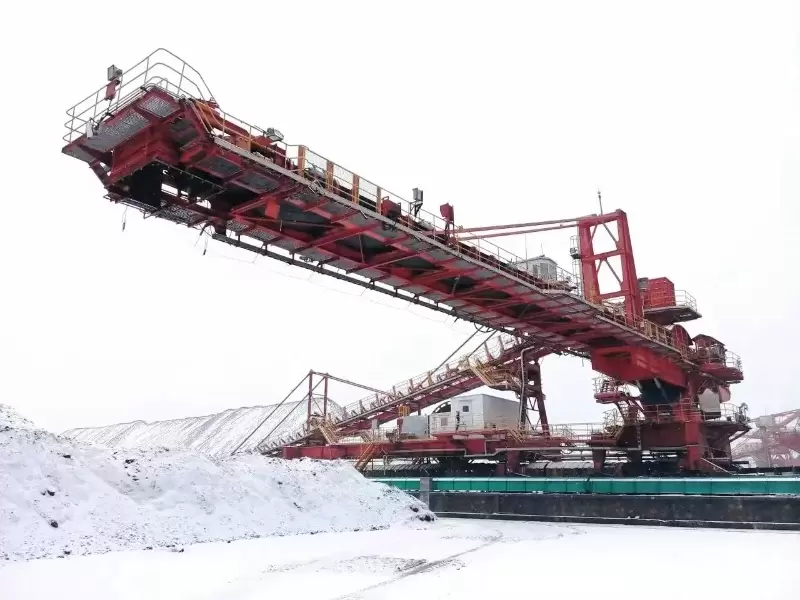Dust, often considered a nuisance, is an intricate mixture of various particles that can have a significant impact on our health, environment, and even industries. In this blog post, we will delve into the world of dust and uncover the diverse minerals it contains. From common household dust to industrial byproducts, we will explore the hidden treasures within and shed light on their importance in different sectors.
- The Composition of Dust:
Dust is a complex amalgamation of particles originating from diverse sources such as soil, pollen, skin cells, fibers, and more. However, it is the minerals present in dust that give it its unique characteristics. These minerals can vary depending on the geographical location, climate, and human activities in the area. - Common Minerals Found in Dust:
2.1 Silica:
Silica, primarily found in the form of quartz, is one of the most abundant minerals in dust. Its presence in dust particles can have both positive and negative implications. While it is a crucial component in various industrial processes, prolonged exposure to respirable crystalline silica can pose serious health risks.
2.2 Calcium Carbonate:
Calcium carbonate, derived from sources like limestone and chalk, is another prevalent mineral in dust. It plays a vital role in neutralizing acidic pollutants and maintaining the pH balance in the environment. Additionally, it is widely used in industries such as construction, agriculture, and pharmaceuticals.
2.3 Iron Oxides:
Iron oxides, including hematite and magnetite, contribute to the reddish-brown color often observed in dust. These minerals have significant applications in the manufacturing of steel, pigments, and magnetic materials.
2.4 Heavy Metals:
Dust can also contain trace amounts of heavy metals like lead, cadmium, and mercury. These metals, originating from industrial emissions and human activities, can have detrimental effects on human health and the environment. Proper management and control of these metals are crucial to prevent contamination.
- Industrial Significance of Dust Minerals:
3.1 Construction Industry:
Minerals like silica and calcium carbonate found in dust are essential components in the production of cement, concrete, and other construction materials. Understanding their properties and ensuring their quality is vital for constructing durable and sustainable infrastructure.
3.2 Agriculture:
Dust particles containing minerals like calcium carbonate can act as soil amendments, enhancing fertility and pH balance. Additionally, certain trace minerals present in dust can be beneficial for plant growth and crop yield.
3.3 Environmental Remediation:
Certain minerals in dust, such as iron oxides, can be utilized in environmental remediation processes. These minerals aid in the removal of pollutants from soil and water, contributing to the restoration of contaminated ecosystems.
Conclusion:
Dust, often disregarded as a mere annoyance, harbors a wealth of minerals that have far-reaching implications. From their role in construction and agriculture to their potential in environmental remediation, these minerals shape various industries and impact our daily lives. Understanding the composition and significance of dust minerals allows us to harness their potential while mitigating any associated risks. So, the next time you encounter dust, remember the hidden treasures it holds within.


More Stories
The Complete Guide to Home Battery Systems: How They Work, Benefits, and Installation
Solar Battery Energy Storage System for Commercial and Industrial Applications
Welding Positioner Slew Drive: Precision and Reliability in Action